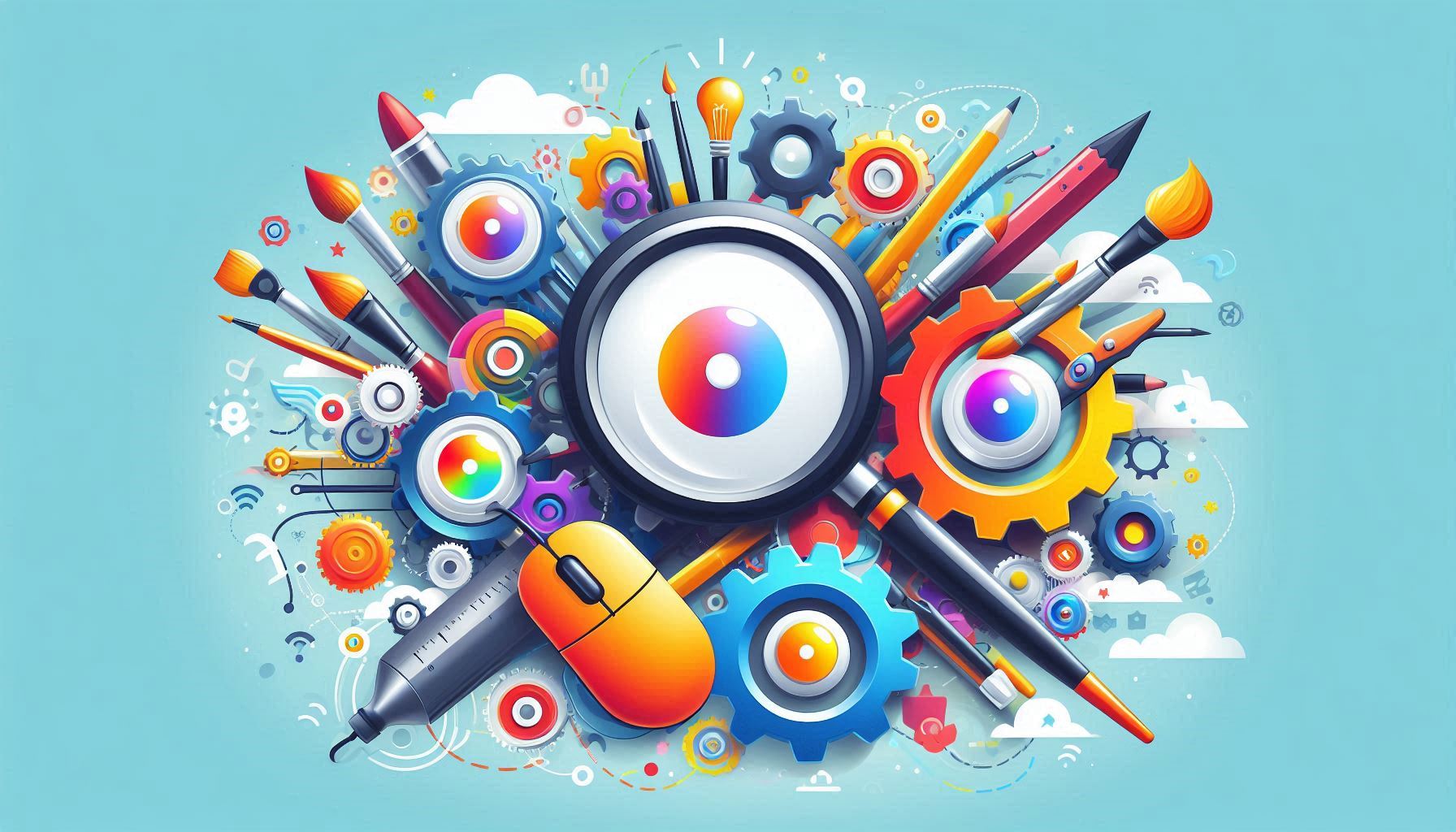
06
Image optimization tools: the best support for web and graphic design
In web design and graphic design, image optimization is an important factor. Images affect your website's performance, loading time, and overall user experience. Photo optimization tools ensure that the images are of high quality and their size is reduced so that your website can load faster.
Image optimization tools: the best support for web and graphic design
In web design and graphic design, image optimization is an important factor. Images affect your website's performance, loading time, and overall user experience. Photo optimization tools ensure that the images are of high quality and their size is reduced so that your website can load faster.
What is the correction of the image?
Image correction means reducing the size of the image while maintaining its quality. The process involves various techniques, such as image compression, format conversion, and the use of correct dimensions. Better optimized images speed up the loading speed of websites and improve the user experience.
Why is it necessary to change the image?
Improving website speed: Large-sized images can slow down the speed of the website, which worsens the user experience. Improved images speed up the loading of the web page.
Improving SEO: Search engines such as Google prefer websites that load quickly. Image optimization is also beneficial in terms of SEO, as faster websites get better rankings.
Low bandwidth usage: Improved images use less bandwidth, which can reduce web hosting costs.
Improved user experience: The faster loading of the website helps to keep users on the website for a longer time, and it reduces the bounce rate.
The best photo editing tools.
TinyPNG: This is a popular tool that performs image compression in PNG and JPEG format. It reduces the size while maintaining the quality of the image.
ImageOptim: This tool is best for Mac users, and it compresses the image in different formats and removes the extra data (metadata).
JPEG-Optimizer: This is an online tool that compresses your images into JPEG format and allows you to upload images of different sizes.
Kraken.io: It is available in a free and premium version and is suitable for compression of JPEG, PNG, and GIF images. Images can also be automatically compressed with the help of Kraken.io API.
Optimizilla: It is an online tool that allows you to compress images with high quality in JPEG and PNG formats.
Compressor.io: This tool supports JPEG, PNG, GIF, and SVG formats and greatly reduces the size without reducing the quality of the images.
Squoosh: This tool developed by Google allows you to convert images in different compression formats and reduce the size, while showing the quality difference compared to the original image.
The main aspects of image correction
Compression Selection: You may have to choose different formats when compressing images, such as JPEG provides more compression. PNG provides transparency.
Change of format: Sometimes it is better to change the format of the image to make it better suited for the web. The JPEG format is better for most images, while the PNG format is more suitable for graphics and transparency images.
Dimensions of the images: Before uploading to the website, check the dimensions of the images and trim them to the correct size so that they do not take too long to load.
Responsive Images: For mobiles and tablets, your images should be responsive so that they appear accurately on screens of different sizes.
Suggestions for the use of image correction
Choose the appropriate format: If your image has a lot of detail and is large, use the JPEG format. If transparency is required, the PNG format is suitable.
Do pre-uploading compression: Before uploading images to the website, compress them through any compression tool so that the size is reduced and the speed of the website is faster.
Test multiple formats: Save the same image in different formats to see which format is best for your website.
Use responsive images: Use responsive images in CSS and HTML to make your website look great on a variety of screen sizes.
Image optimization tools play an important role in improving the speed and performance of your website. Compressed and properly formatted images help the website load faster, which improves the user experience and enhances SEO results. A good strategy is to always upload images in the best format and size and update your website images on a regular basis so that your website always runs faster.
Contact
Missing something?
Feel free to request missing tools or give some feedback using our contact form.
Contact Us